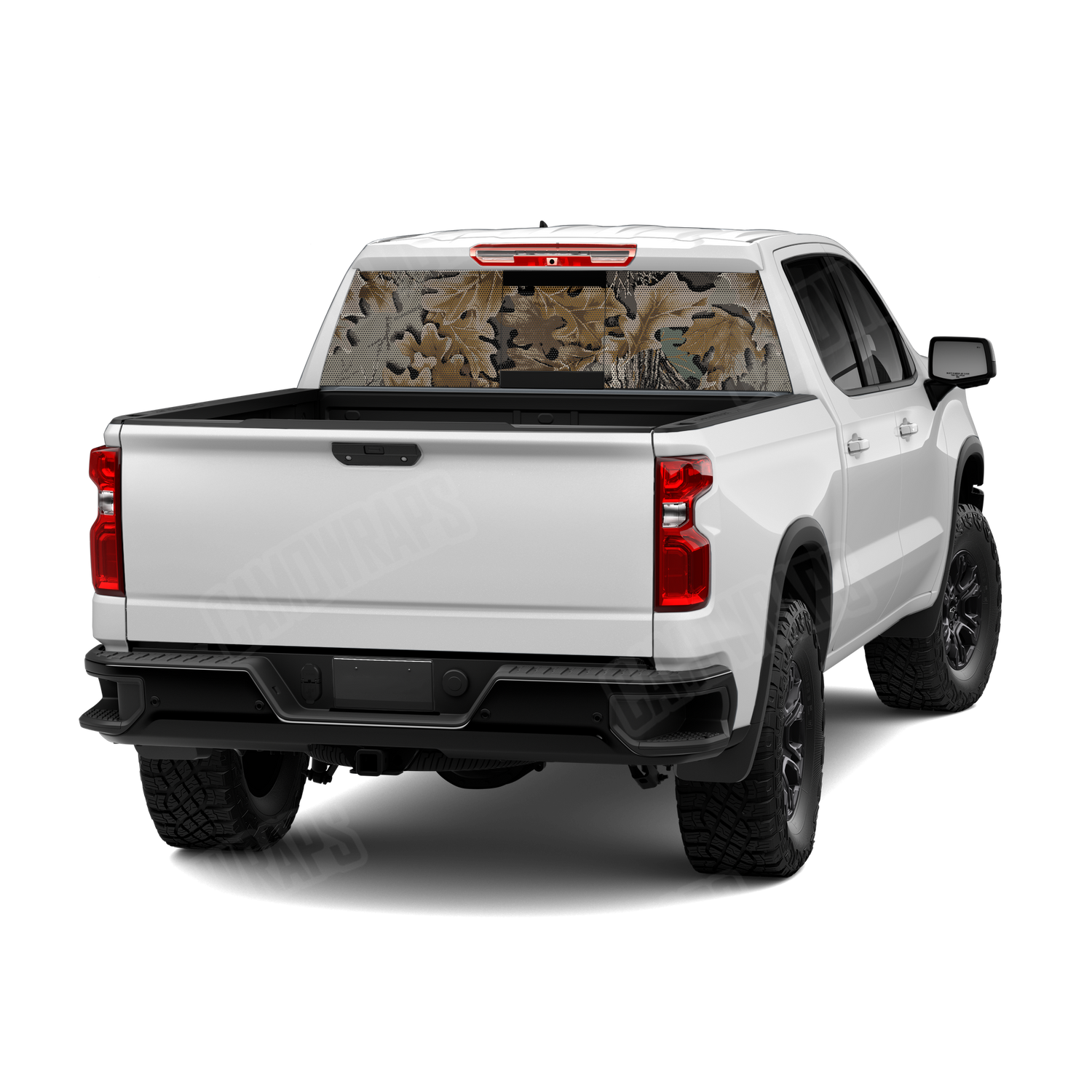Necessary Tools:
- Felt-tipped squeegee – for applying the perforated vinyl wrap
- Hobby knife (OLFA or XACTO) – for trimming excess vinyl
- Air release tool – for removing air bubbles
- Heat gun – for heating vinyl during complex applications and curves
- Measuring tape – for accurate placement and measurements
- Masking tape – for temporarily holding the vinyl in place during installation
- Rivet brush – for installation over rivets or any textured areas
- Microfiber cloths – for cleaning surfaces
Pre-Installation Preparation:
- Clean the Windows: Thoroughly clean the windows to remove any dirt, grime, or road film. Use a non-ammonia-based glass cleaner to avoid damaging the vinyl. Ensure the glass surface is dry before proceeding.
- Final Wipe: Wipe down the window with a 70% Isopropyl Alcohol solution to remove any residual oils or contaminants. This will ensure proper adhesion of the perforated vinyl.
- Measure and Cut the Vinyl: Measure the window’s dimensions using a measuring tape to ensure the vinyl is cut to size. Cut the perforated vinyl with some extra overlap on all sides to allow for easy trimming after installation.
Installation Instructions:
Start at the Top: Begin the installation process at the top of the window, working downwards. This ensures proper alignment and makes it easier to avoid wrinkles or bubbles.
- Dry Fit the Vinyl: Position the perforated vinyl over the window to check for fit. Use masking tape along the top edge of the window to hold the vinyl in place temporarily, ensuring it's aligned properly.
- Remove Backing and Apply Vinyl: Starting from the top edge, peel off a small section of the backing from the vinyl. Apply the exposed vinyl to the window, using the squeegee to smooth it down as you work. Press from the center outward and from top to bottom to eliminate any air bubbles or wrinkles.
- Continue Applying in Sections: Gradually peel off more of the backing as you continue to apply the vinyl. Work in manageable sections to ensure the vinyl adheres smoothly to the glass surface.
- Avoid Stretching: Do not stretch the perforated vinyl, especially on areas with curves or irregular shapes. Stretching can distort the print and damage the material. If needed, gently lift and reposition the vinyl.
- Eliminate Air Bubbles: Use an air release tool or a pin to carefully puncture any air bubbles. Gently press the bubbles out towards the edges or use the squeegee to smooth them away.
- Handle Curves or Rivets: If the window has curves or rivets, use a heat gun on low heat to soften the vinyl. This will make it easier to work around these areas. Apply heat gently from a few inches away and smooth the vinyl over the surface with your squeegee.
- Relief Cuts: For curved or recessed areas, make small relief cuts in the vinyl at the edges. This allows the vinyl to conform better. Overlap the sections slightly to ensure complete coverage. Apply light heat to these areas to ensure strong adhesion.
- Trim Excess Vinyl: Once the vinyl is fully applied and smoothed out, use a hobby knife to trim any excess around the edges of the window. Be careful to cut along the edge to maintain a clean, professional finish.
- Final Check: After completing the installation, inspect the vinyl for any remaining air bubbles, wrinkles, or imperfections. Use firm pressure with the squeegee, and apply heat if necessary to smooth out any problem areas.
Reinstallation:
Once satisfied with the installation, carefully reinstall any components, such as window trim or molding, that were removed during the preparation process.

